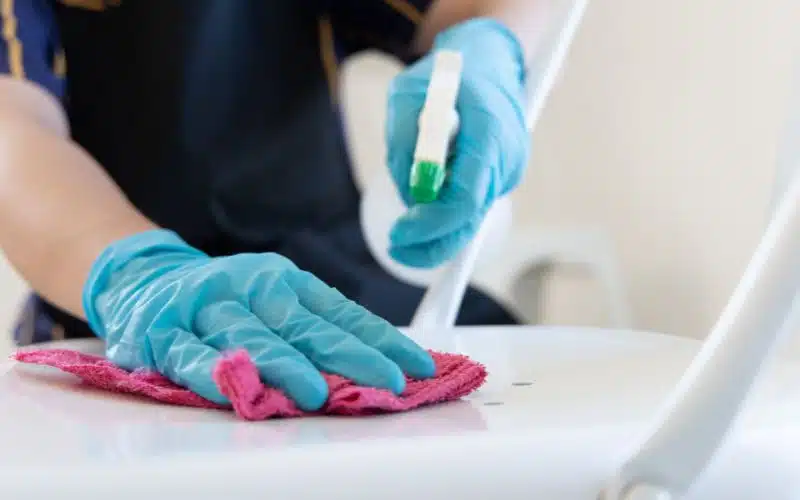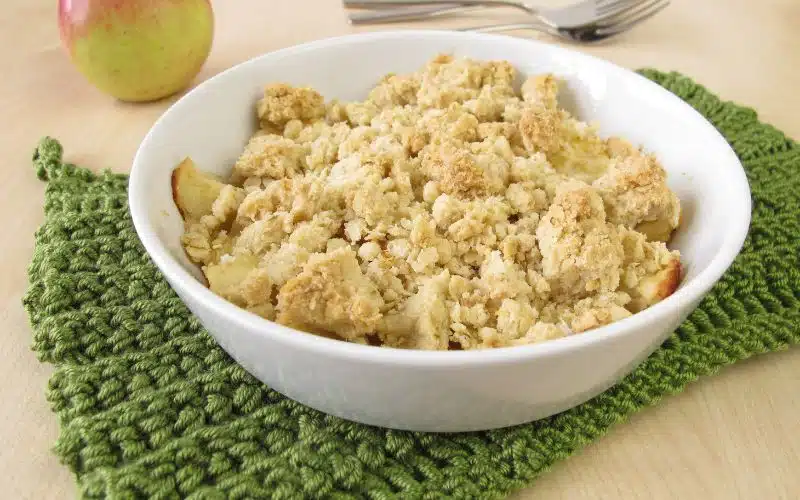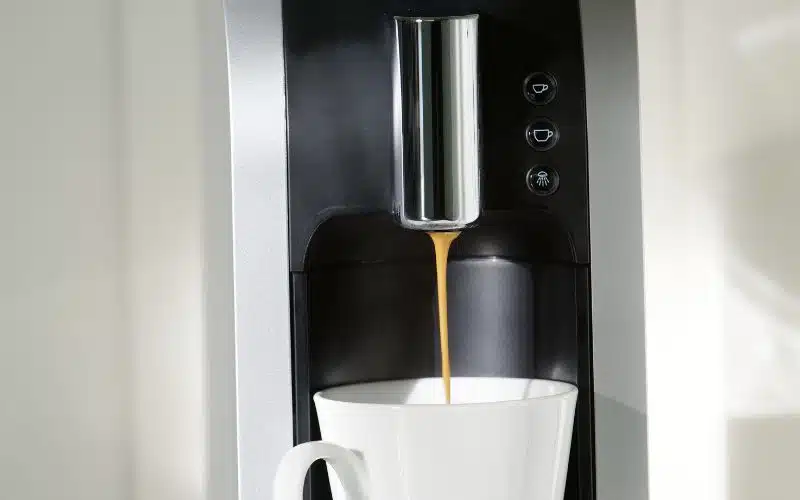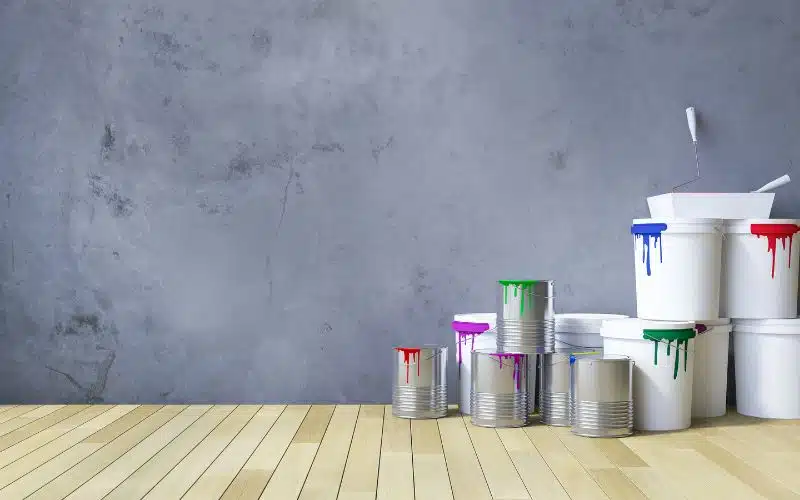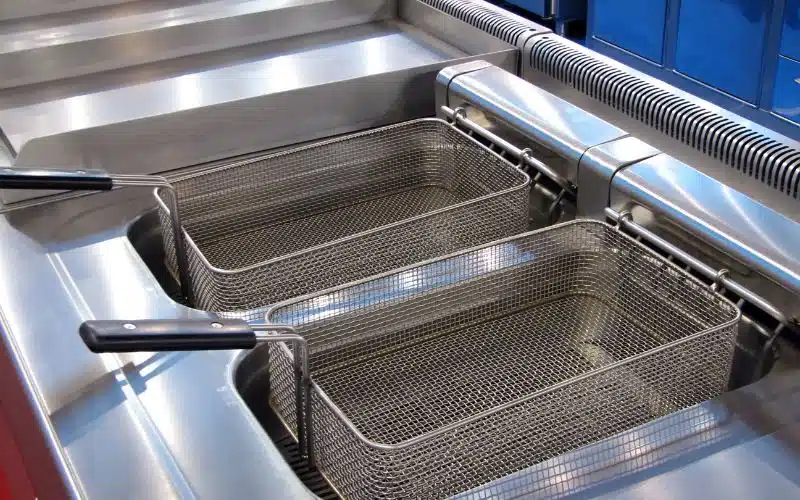Stucco can add an element of beauty and prestige to your home, but it can also be a pain to install.
So whether you hire someone else to do the work or do it yourself, you’ll need to know how long stucco installation will take.
This guide will help you determine how much time it will take to stucco your home and how you can do it.
Stuccoing your home can take about three days or more, depending on the size of your home and the number of people working there. Plus, the type of stucco you want to install. However, know that doing the installation yourself might take more time and knowledge because you must ensure you do it correctly.
How Long Does It Take to Stucco a House?
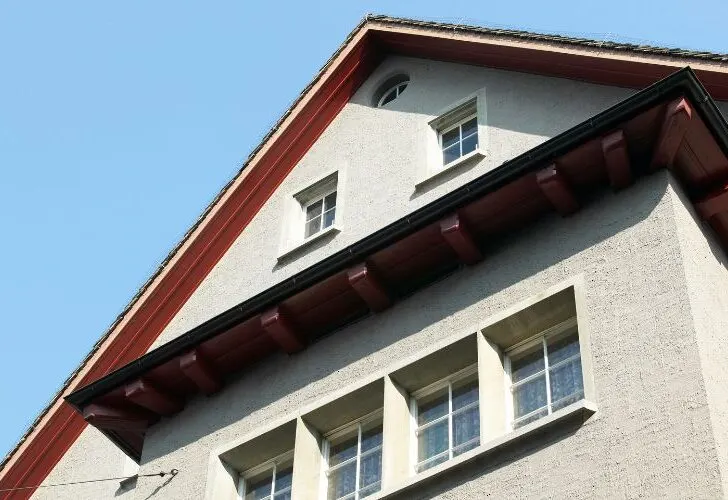
The time it takes to stucco a house varies depending on the size and type of stucco used.
For a small house, it could take less than three days, and for a large house, it could take up to two weeks. The type of stucco affects the time.
Stuccoing a house requires three full days to complete, typically for a crew of three people. The installation will take between 45 and 52 hours for every 1,000sq.ft that you do.
The time it will take for you or the crew working on your house to stucco depends on the number of people working on it and the house size.
What Is the Process to Stucco a House?
To stucco a house, you have to do some things to get the house ready for stuccoing and consider some things, like the type of house you want to work on and if you can stucco at that particular time by checking the weather.
The steps below are the process of stuccoing a house.
#1. An Overview of the Process
You can apply stucco over wood, brick, or stone. When laying stucco over wood sheathing, cover the wood with two layers of grade-D waterproof building paper and attach metal lath afterward.
Apply the scratch coat, brown coat, and color coat. You can forgo the scratch coat when stuccoing over good brick or masonry. The color coat commonly incorporates one of 20 color-enhancers.
#2. Preparing the Base
If you want to apply stucco over a brick or stone wall, you need to fix cracks with new mortar and clean the wall with a power washer or trisodium phosphate and water solution.
- [VERSATILE]: Ideal for light to medium duty...
- [ADJUSTABLE PRESSURE]: Adjustable spray wand with...
- [POWERFUL MOTOR]: Powerful 11.5-amp motor
- [TSS (Total Stop System)]: Automatically shuts off...
Last update on 2024-01-05 / Affiliate links / Images from Amazon Product Advertising API
Preparing plywood, OSB, or cement board is complicated. Instead, start buying galvanized stucco lath and fasteners.
Below are the steps required for you to prepare the base for stucco.
#1. Place up two sheets of building paper.
Starting at the bottom of the wall, overlap each successive layer of the building paper by about 4 inches.
When making vertical seams, ensure the sheets overlap by about 6 inches. Extend the paper 16 inches around the edges and staple or nail it.
#2. Trim accessories installation.
Use galvanized nails to hold things like casing beads in place. In addition, weep screeds are needed at the bottom of each wall to drain moisture from underneath the stucco.
#3. Install galvanized lath/netting.
Use galvanized nails or staples to secure the netting to the wall studs. Ensure you have six inches between fasteners. Lath seams should overlap one inch horizontally and two inches vertically.
#3. Stuccoing
You’ll need two types of the stucco when doing a two-coat or three-coat scheme. The undercoats should have a base coat formulation, while the top coat should be lighter.
The reason is that the process of mixing stucco is like cement. First, mix a bag’s contents with water in a mixing trough.
The stucco should be damp enough to stay on the trowel when held sideways. Here is the process of stuccoing:
#1. Application of Scratch-Coat
Apply a scratch coat on the lath using a 45-degree square trowel, then apply pressure from the bottom to top to fill all the netting gaps.
- The package length is 7.62 centimeters
- The package height is 7.62 centimeters
- The package width is 25.4 centimeters
- Package Weight : 0.4 pounds
Last update on 2024-01-05 / Affiliate links / Images from Amazon Product Advertising API
With a straightedge, flatten the material to 3/8 inch; when it stiffens, rake 1/8-inch-deep horizontal grooves.
Cure the scratch coat for 1-2 days and keep it moist by softly spraying it to prevent shrinking and breaking.
#2. Application of Brown Coat
Apply a 3/8-inch base coat over the scratch coat with a trowel. Create a smooth, level surface by filling gaps now 3/4 inch thick.
After the brown coat stiffens, smooth it with a sponge masonry float. Cure the stucco for 1-2 days and mist it to keep it moist. The brown coat should be 3/8 inch thick when stuccoing over brick or stone.
#3. Application of Finish Color Coat
Finish with a color coat by mixing water and stucco colorant to the same thickness as the base coat, then using a trowel, apply 1/8-inch stucco onto the wall.
Texture stucco with whatever techniques and trowel the finish. Use a sponge trowel once the stucco is solid enough to grip your finger for a smooth finish. Moisten the surface for a few days while the coat cures.
Is Stucco Hard to Install?
While stucco is not the most accessible material to work with, it is not overly difficult to install. Suppose you’re new to DIY; it can be challenging for you with little to no experience.
The average home will take three workers about three days to stucco, including the time it takes to set up, apply the material, and clean up.
Even though stuccoing takes a lot of work and time, the result is an exterior that you don’t need to paint, is waterproof, and provides more insulation.
The amount of time it takes to install stucco will depend on several factors, including your experience level and whether you decide to buy or rent tools.
For example, if you hire pros instead of installing stucco yourself, your job should take about two days less because no setup is required.
Similarly, renting tools is always faster than buying them because there’s no need for transport from place to place or locating somewhere safe to store equipment.
Even though stucco is one of the most common exterior finishes, it can still be tricky to install correctly.
That’s why most homeowners hire professionals with material installation experience.
However, even if you decide against paying for help, you can still learn how to apply stucco to your home.
You may also need a hand from someone experienced for your project to go as smoothly as possible.
Regardless of whether you plan on installing stucco yourself or hiring pros, there are some things you can do in advance to make your project run smoothly.
First, you should ensure that whatever surfaces need to be stuccoed are clean and debris-free. Depending on your home location, you’ll also want to choose an appropriate adhesive.
For example, if it’s prone to extreme temperatures or excessive moisture, choose materials that will protect against water damage. Once you have your supplies in order, it’s time to start stuccoing.
How Much Does It Cost to Re-stucco an Entire House?
A stucco re-coat ranges from $3 to $6 per square foot, depending on how old and rough the stucco is and what finish you want to put on top.
Re-stuccoing your home may be necessary if you find dampness or want to patch cracks. The cost of re-stuccoing a property depends on the removal and area size.
When removing stucco, it costs $1.05 per sq. ft. to remove stucco from metal lath and $1.20 per sq. ft. to remove stucco from wood lath.
So for the average home, removing stucco will cost between $900 and $2,100. The cost increases if your walls are taller than eight feet and need scaffolding.
You can use hand tools to remove the old stucco siding and break it into pieces that you can move, then add the cost of any flashing and caulking needed.
Depending on the company, they may charge you a disposal cost for the old siding. Also, few plasterers currently remove stucco, so it may be hard to find one in your region.
Does Stucco Add Value to a Home?
Stucco is a popular home exterior finish and can add value to your property. Not only does it add an extra layer of protection, but it also gives the home a more polished look.
So if you’re considering selling your home in the future, stuccoing it is worth considering!
The only way stucco can add value to your home is if you do it correctly without skimping labor costs.
In addition, it can add value to your home by making it look sophisticated, enhancing the curb appeal, thereby making it look more attractive to potential buyers.
With stucco as your exterior siding, you have a lot of choices. You can choose from many different colors and styles.
With stucco, you have the most creative freedom when designing outside your home, which can increase its sale value.
It’s important to remember that the value added will vary depending on the quality of the stucco job and the location of your home.
The most crucial factor in determining how much value stucco adds to your home is its condition.
Deteriorated stucco or stucco not adequately maintained over time can quickly devalue your home by more than 10 percent if it needs replacing.
On the other hand, if your stucco is in good condition and your home is located in an up-and-coming neighborhood, adding stucco could add as much as 10 percent more value to your home.
Regardless of whether your stucco is in good condition or not, stucco can only add value to your home if it meets zoning and building code requirements.
In addition, adding stucco may require homeowners to hire an architect or engineer in some areas.
Therefore, before beginning your project, you should check with local planning and zoning boards. When it comes down to it, stucco is an investment.
While an attractive stucco exterior can boost your home’s value and make it easier for you to sell, you must know how much work will be involved in maintaining that new look later.
However, stucco is worth considering if you want your home’s exterior to stand out from the rest and add real value to your property.
Conclusion
If you plan to install stucco in your home, ensure you do it correctly as it has advantages, such as adding value to your house and giving it a polished look.
However, know that the time it takes to stucco your home varies depending on your home’s size and the number of people working on it.


